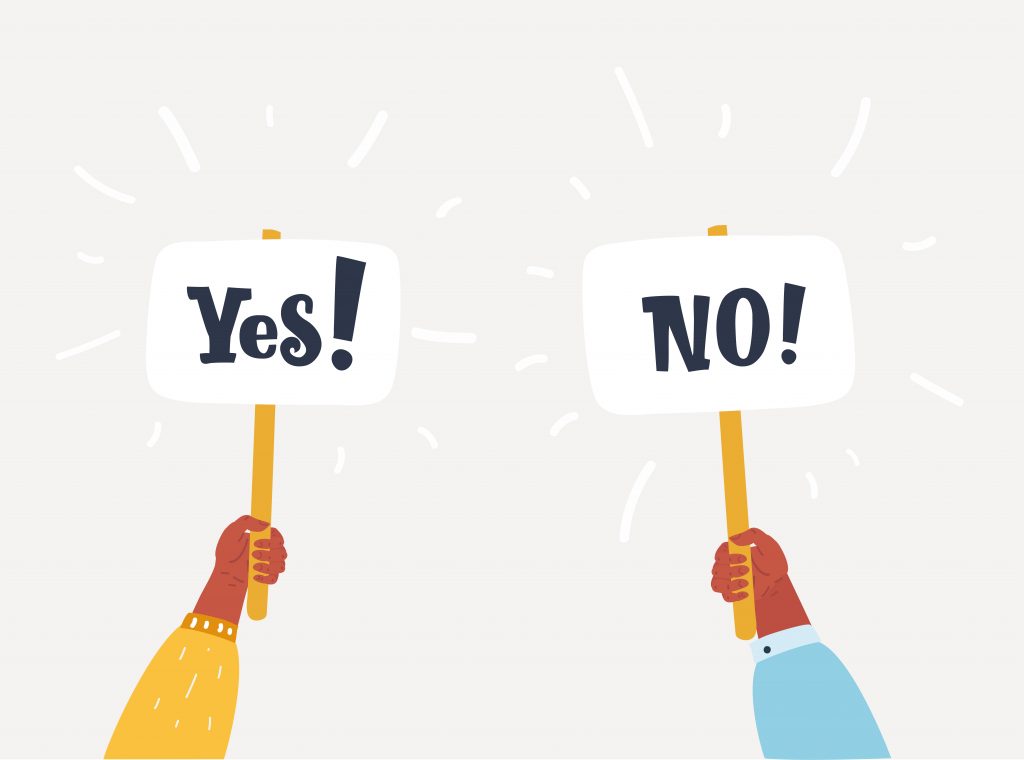We make thousands of decisions every day, many of which require energy. Especially in application processes, decisions abound: Does the applicant advance to the next round—yes or no? Unfortunately, we often repeat mistakes in this process.
Imagine you have a job interview with a young woman for an open marketing position. She has the perfect qualifications, flawless resume, impeccable grades, and she’s also nice, but something bothers you. You proceed to second and third rounds. The result remains unchanged. You think, “Okay, let’s try it.” You hire her. Often, you’ll experience that the discomfort you felt is confirmed, leading to her dismissal during the probation period. Or you decide to give it another shot, only to let her go later. The crazy thing is, we repeat such mistakes, forgetting that we had a gut feeling about them. What can you do about it?
Proceed in three steps—always aiming to make a fundamental decision.
Step 1: Document
Record as much as possible from your application process. For instance, categorize applicants into three groups after each round. Category 1: Clear No or unsure and leaning towards No. Category 2: Uncertain but leaning towards Yes. Category 3: Clear Yes. Over the years, I’ve documented which employees fell into which category during the application process, allowing me to determine their subsequent performance.
Step 2: Analyze the Data
Naturally, you need to analyze the data you collect. For instance, I’ve learned that Category 1 (No) always means No. If I receive a clear No during a phone interview, I don’t invite the person for further stages, as I’ve never had a successful outcome in such cases. I consciously experimented over the years, inviting people to see the eventual outcome. I’m currently still experimenting with Category 2, but I already know for sure: Employees who were in Category 2 during the application process won’t become high performers later on. The more you know from years of documentation, the better you can make fundamental decisions afterward.
Step 3: Make Fundamental Decisions
Once you’ve analyzed the data, draw conclusions and then make fundamental decisions. For example, I’ve decided for myself that as soon as there’s a clear No, the process ends for the person, and even if there are doubts leaning towards No, the process doesn’t continue. It’s possible that I might miss out on a brilliant candidate, but overall, I save a significant amount of time and energy. I’ve also decided for myself that I only hire people who are enthusiastic about our products and genuinely like them because I’ve found that this makes a big difference later on. People who are enthusiastic about the products can more easily compensate for performance deficits. Today, I make approximately 7-10 fundamental decisions per position. This saves time and energy.
By the way: don’t rush with quick fixes here; take your time for data collection. Otherwise, you won’t know on what basis decisions were made later on.
Author:
Debora Karsch, CEO and Master Trainer at persolog GmbH



